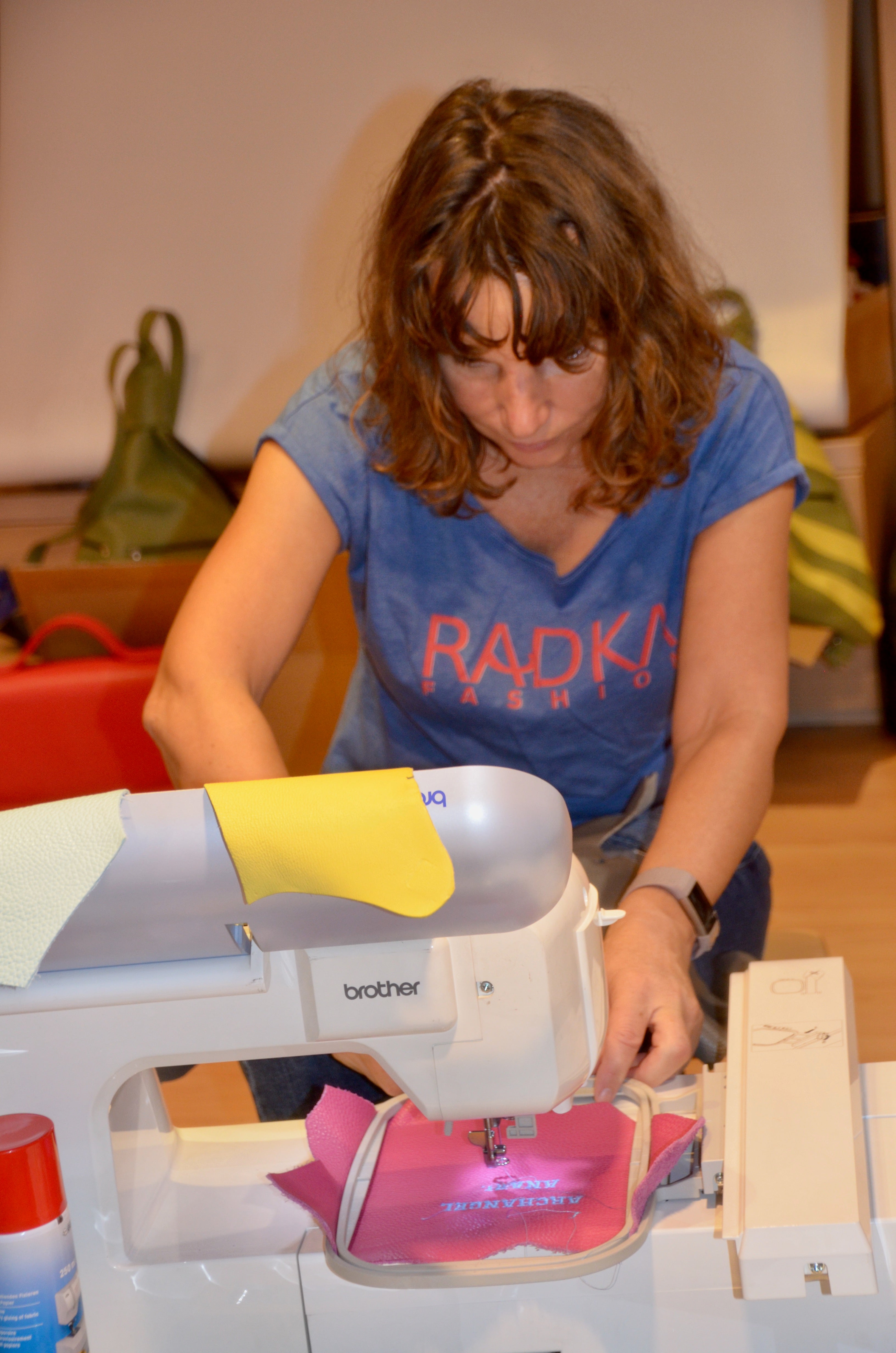Fashion has always fascinated me, and over time, I started to notice how the clothing industry is changing – both in our country and worldwide. I would love to share my insights with you and highlight the developments that affect not only what we wear but also how we approach fashion. That’s why I decided to start this blog.
In recent decades, the fashion industry has changed beyond recognition. Fast fashion has brought not only constantly shifting trends and affordable clothing but also massive environmental and social consequences. That is why slow fashion is increasingly being discussed as a response to these problems.
Every day, advertisements bombard us from all sides: "Buy a new coat, a new skirt, the latest trend is here!" Fashion changes at an incredible pace – trends rotate almost every 14 days, and consumers are constantly encouraged to shop more and more. Many people buy clothing without actually needing it, without realizing the consequences.
In 1980, the average person bought 13 pieces of clothing per year. By 2024, this number has skyrocketed to 68 pieces. Every year, fashion consumers purchase more than 80 billion new garments – over 400% more than just two decades ago.
What Are the Consequences?
Until the 1990s, most clothing was produced locally – in our country, across Europe. Then came the fast fashion revolution – fashion chains began producing trendy collections on a massive scale and supplying their stores worldwide. To maximize profits, they had to reduce production costs. But how did they do it?
📍 By moving production to the world's poorest countries – where wages are extremely low, and there are almost no regulations for workers. People labor under inhumane conditions, and often, even children are involved.
📍 The decline of local textile production – Moving production overseas devastated the job market in countries where clothing was originally made. Thousands of people lost their jobs, many towns became deserted, and factories were abandoned. For example, in the UK, around 1 million people once worked in the textile industry; today, it's only 100,000.
The Solution? Slow Fashion as an Answer
Slow fashion is an alternative to fast fashion, emphasizing:
✔ Quality over quantity – fewer but well-made pieces that last for years.
✔ Ethical production – supporting local manufacturers and fair working conditions.
✔ Sustainability – using high-quality and eco-friendly materials instead of fast consumption.
Each of us has the power to shape the future of fashion. The next time you shop for clothing, ask yourself: Do I really need this? Who made it, and under what conditions? How long will it last?
Choosing slow fashion means investing in quality, ethics, and a better future for us and the next generations. 🌍💚
Thank you for reading this article. I hope it has inspired you to reflect and perhaps even make small changes in your wardrobe. Every step counts! 😊
Take care, Radka.


